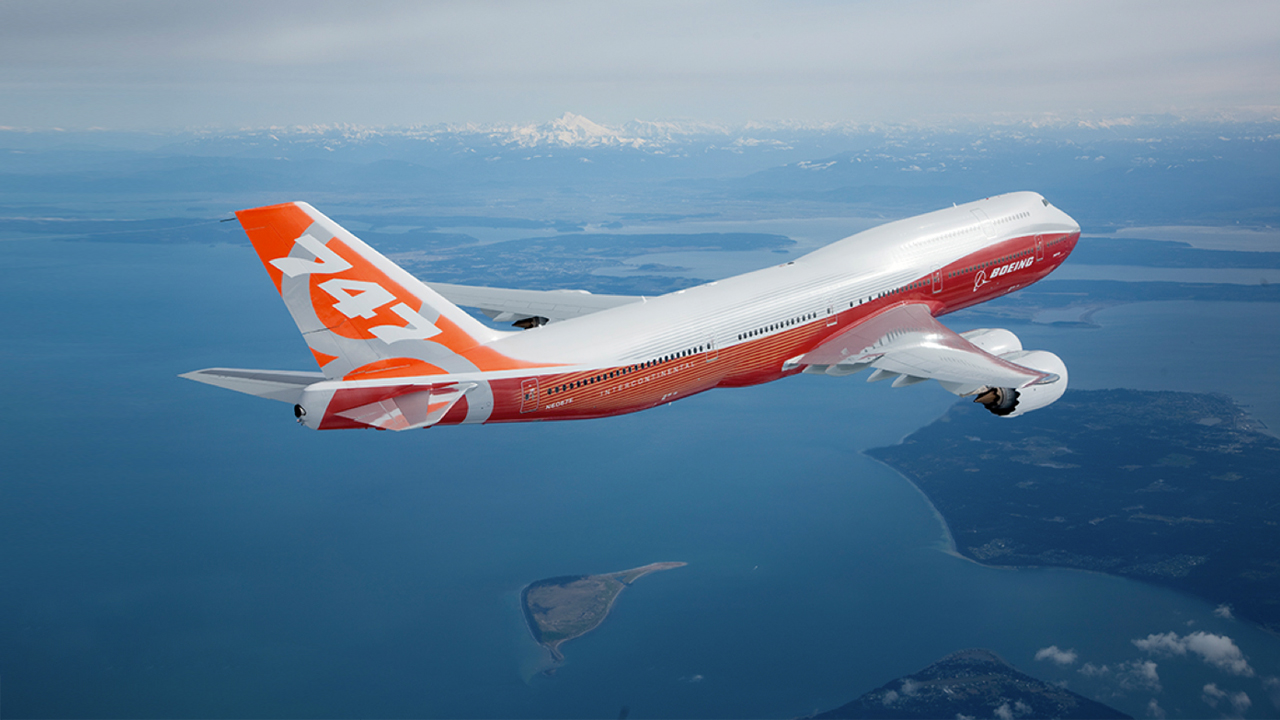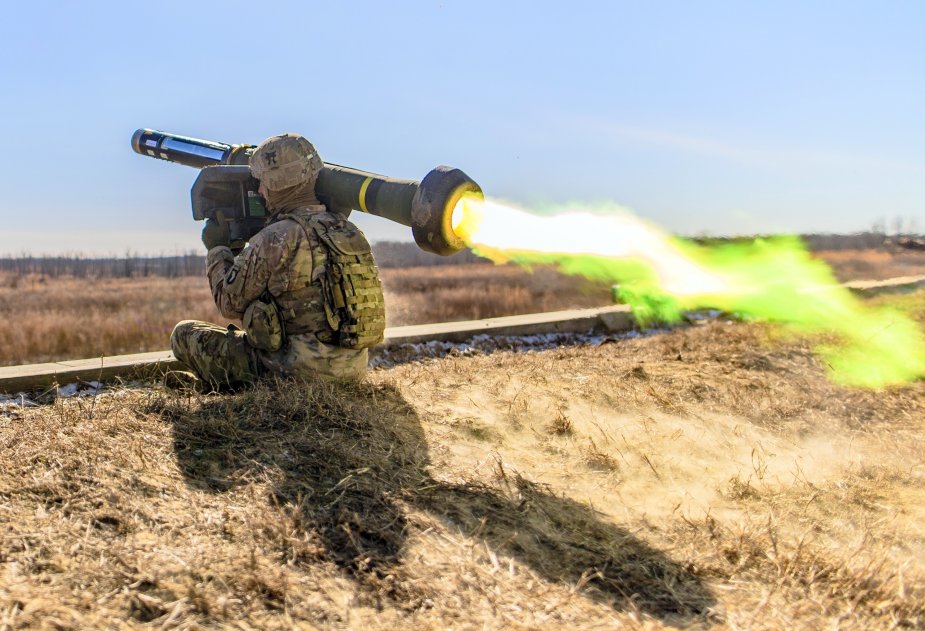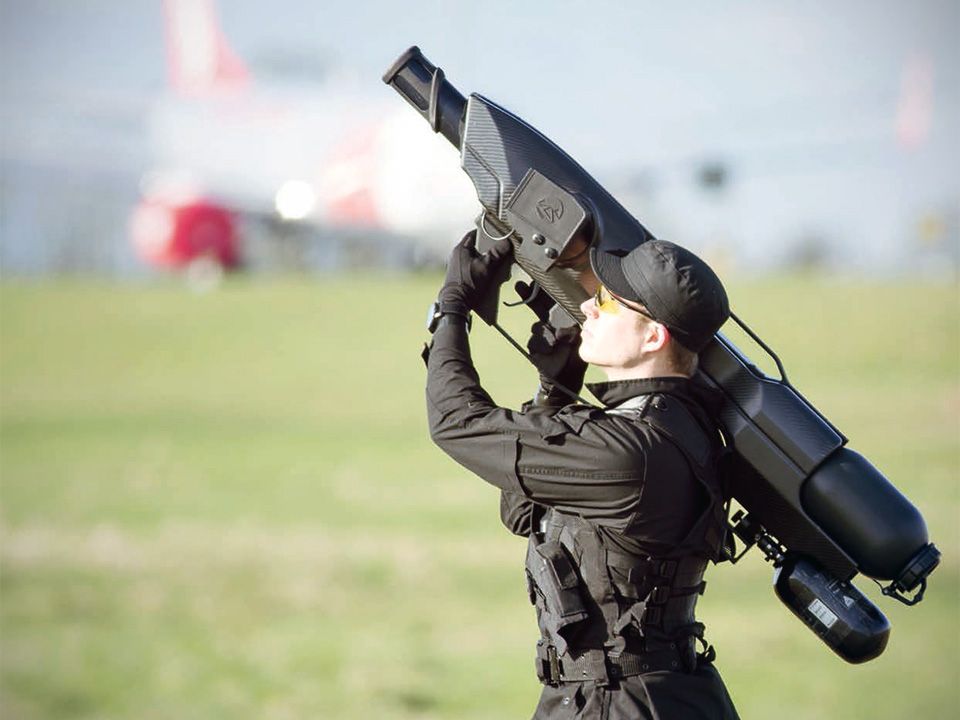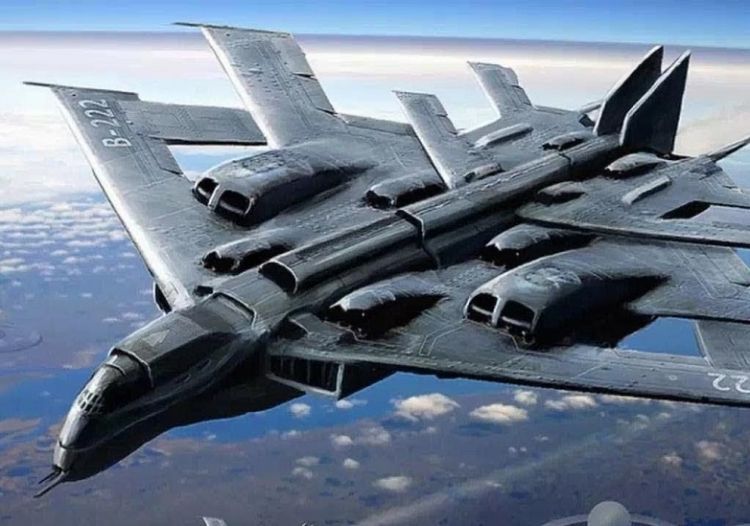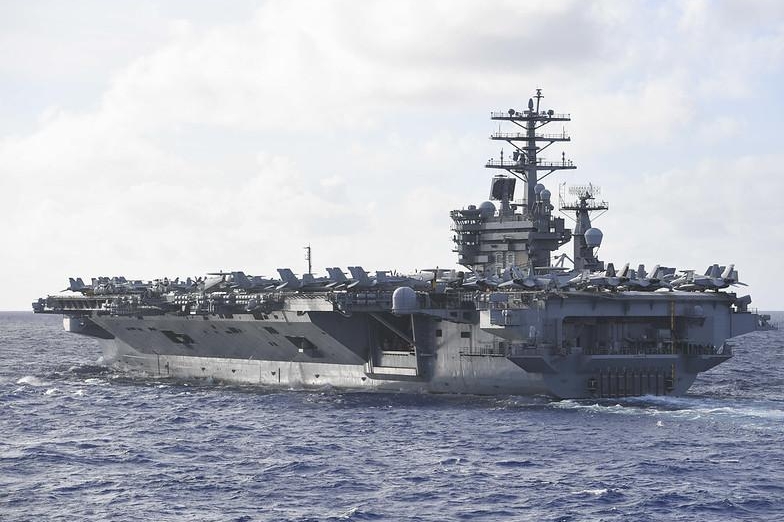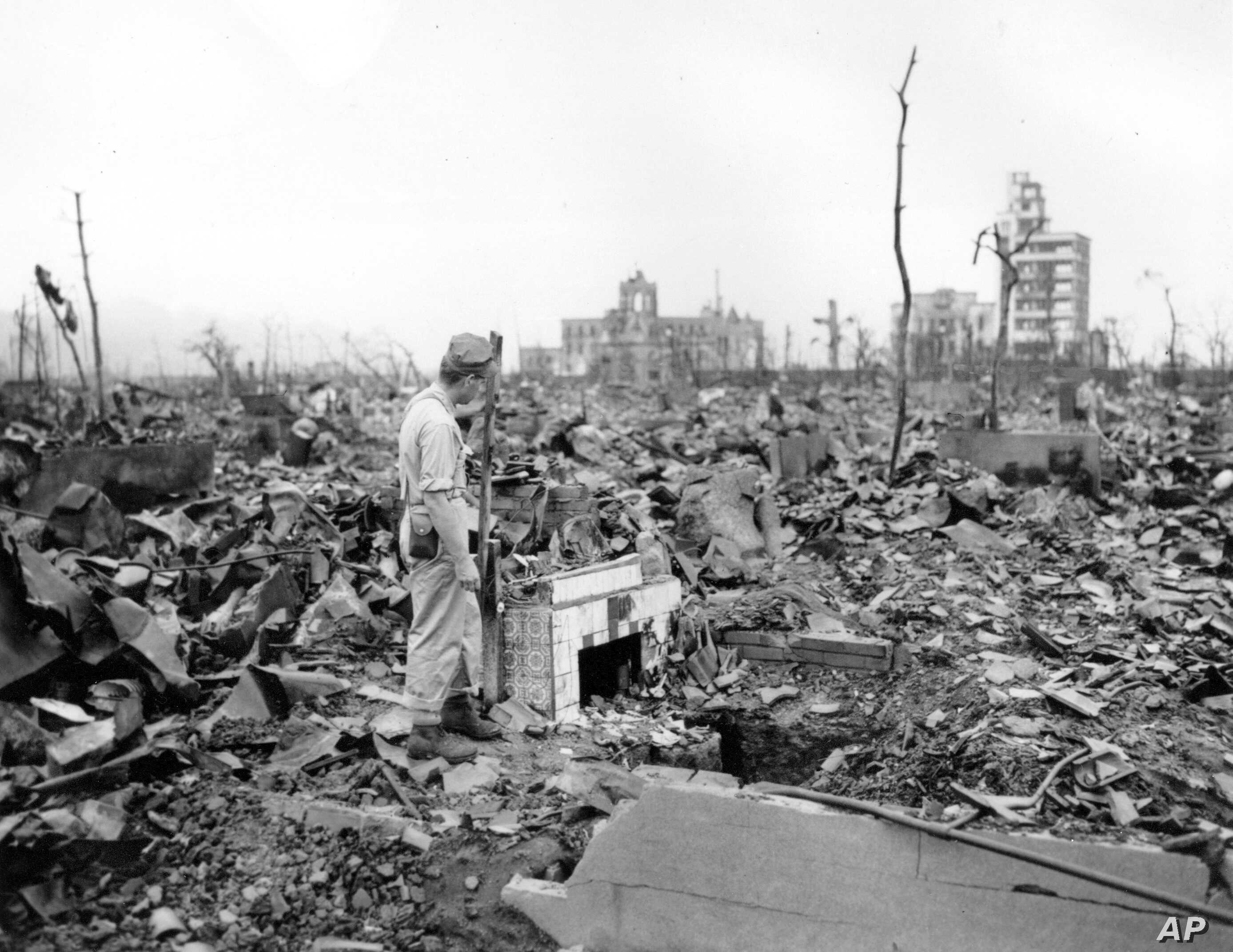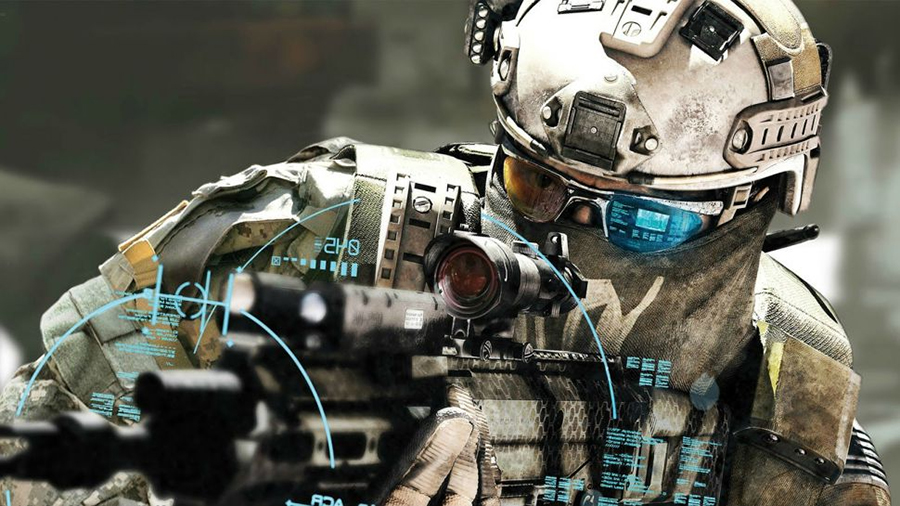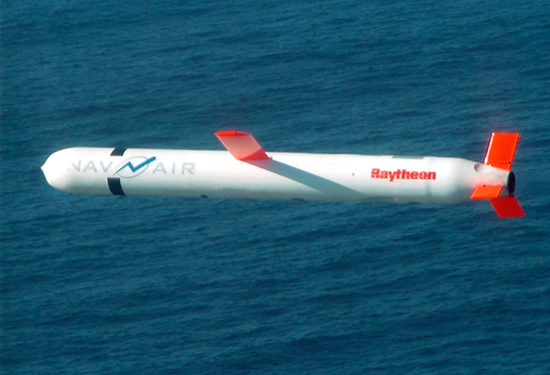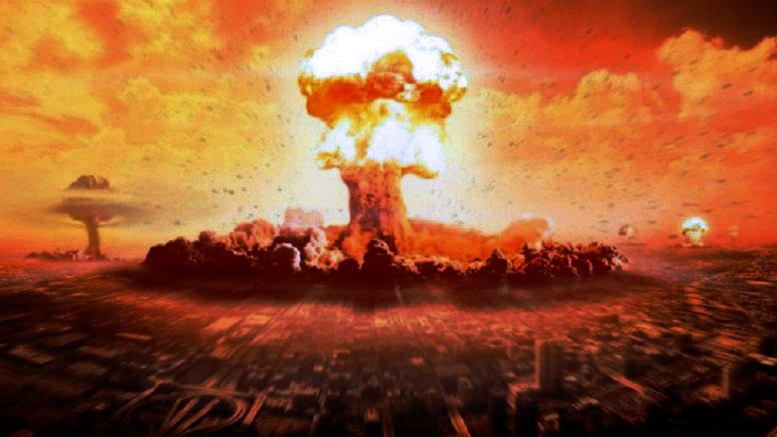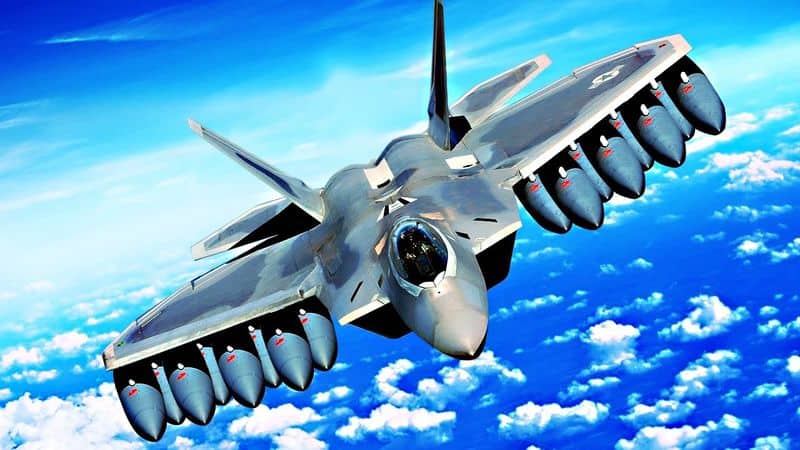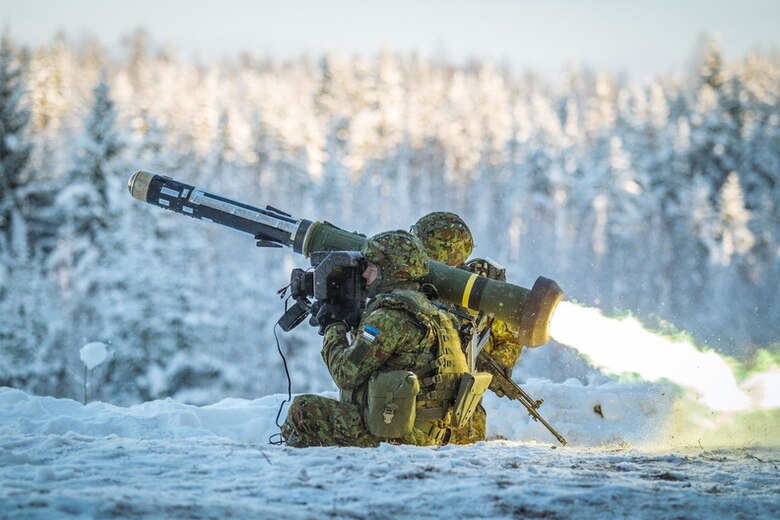Top 10 Deadliest Man-Portable Anti-Tank Missiles in the World
Anti-tank guided missiles were created to give infantry forces the ability to defeat heavily armored vehicles without relying on aircraft, artillery, or large armored platforms. Over time, these weapons evolved from simple wire-guided systems into highly sophisticated precision tools capable of striking from above, operating autonomously after launch, and defeating advanced protective systems found on modern main battle tanks.


